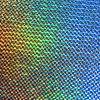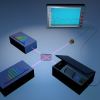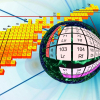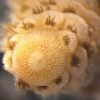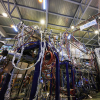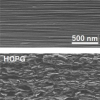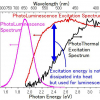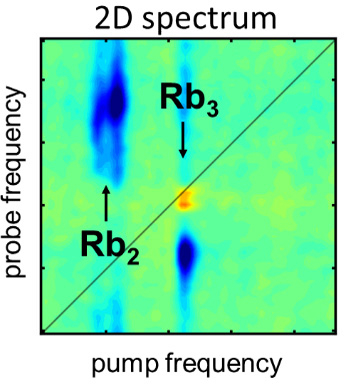
A research team headed by Prof. Dr Frank Stienkemeier and Dr Lukas Bruder of the University of Freiburg’s Institute of Physics has succeeded for the first time in applying 2D-spectroscopy to isolated molecular systems and thus in tracing the interactive processes at a molecular level more precisely. The team has published its results in Nature Communications.
Coherent two-dimensional spectroscopy, which uses ultra-short laser pulses, provides a far greater amount of information than other methods, combined with a high time resolution in the range of femtoseconds. However, for technical reasons, this method has been restricted to studying bulk liquid or solid material. “In previous experiments the samples were very complex, which made it extremely difficult to isolate individual quantum-mechanical effects and study them precisely. Our approach overcomes this hurdle”, explains Lukas Bruder, who headed the experiment.
In preparation for the experiment, the scientists produced superfluid helium droplets, which have no friction, in an ultrahigh vacuum. The droplets are only a few nanometres in size and serve as a substrate in which the researchers synthesise the actual molecular structures using a modular principle, in other words by combining molecular components one by one. These structures are then studied by means of 2D-spectroscopy. “In the experiments we combined various specific technologies which drastically improved the measurement sensitivity of the 2D-spectroscopy. Only by doing this was it possible for us to study isolated molecules”, explains Bruder.
In an initial study, the researchers produced extremely cold molecules of Rubidium in an unusual quantum state, whereby the atoms of the molecule are only weakly bonded, and analysed their light-induced reactions under the influence of a helium environment. “Our approach opens up a range of applications, specifically in the field of photovoltaics or optoelectronics, and will eventually contribute to a better understanding of fundamental processes”, says Stienkemeier.



